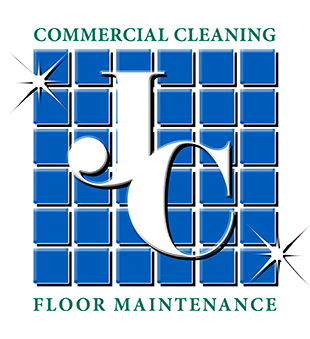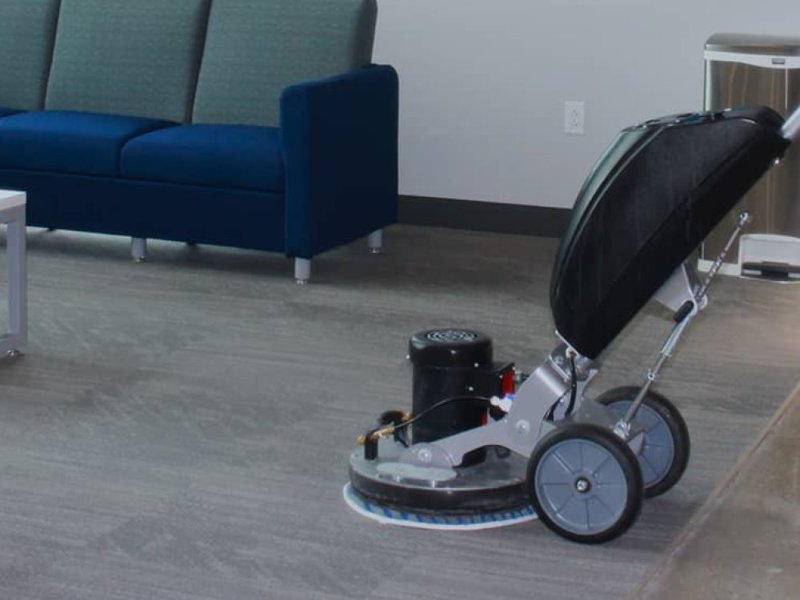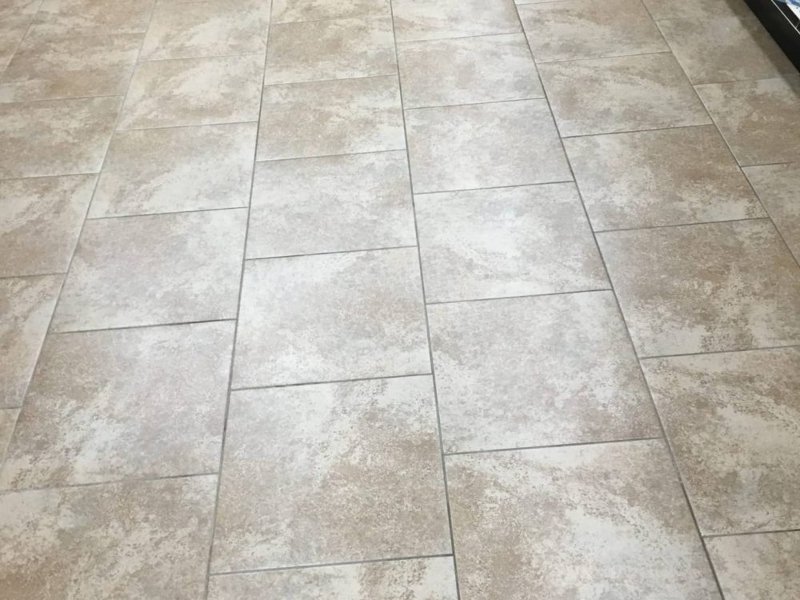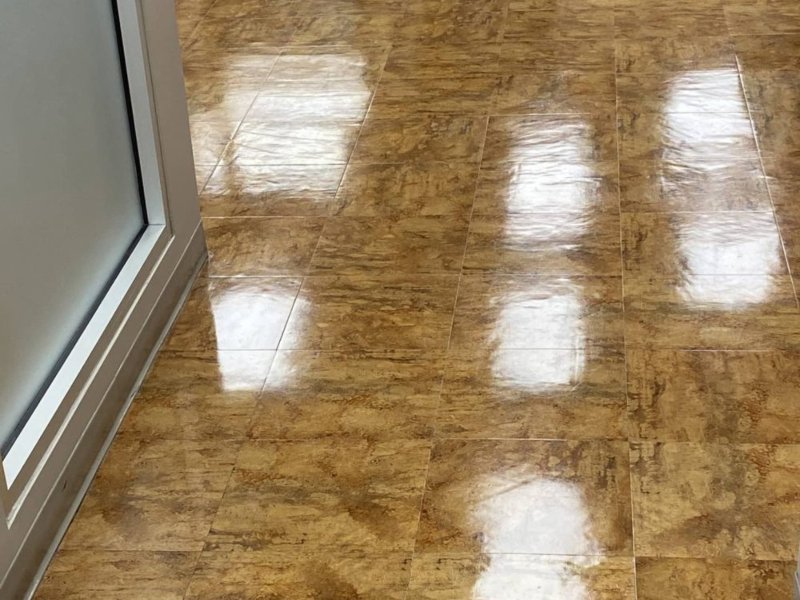Disinfection is a critical part of maintaining cleanliness and preventing the spread of harmful pathogens, especially in environments where health and safety are a priority. The frequency of disinfection varies based on the environment, the type of surfaces, and the risk of exposure to germs. To effectively prevent the spread of infections, it’s important to understand the disinfection needs of different spaces, whether they’re homes, offices, schools, or healthcare settings.
Homes
In residential settings, routine cleaning is often enough for general surfaces, but certain areas require more frequent disinfection to maintain hygiene. High-touch surfaces, such as door handles, light switches, and remote controls, should be disinfected at least once a day, especially if someone in the household is sick. Kitchens and bathrooms are particularly sensitive areas, as food preparation and human waste increases the risk of contamination. Kitchen countertops and cutting boards should be disinfected after each use to avoid cross-contamination, particularly when handling raw meat. Similarly, bathroom surfaces like sinks, toilets, and faucets should be disinfected daily, especially in multi-person households.
For other less-frequented areas, weekly disinfection can suffice. This includes furniture, floors, and walls that aren’t regularly exposed to food, waste, or bodily fluids.
Offices and Workspaces
In office environments, disinfection should focus on shared and high-touch areas. According to the Occupational Safety and Health Administration, this includes phones, keyboards, desks, door handles, and shared equipment like printers and copiers. These surfaces should be disinfected daily, especially in open-plan offices where multiple people interact in the same spaces. In common areas, such as kitchens, break rooms, and restrooms, more frequent disinfection is essential—at least once or twice a day—due to the number of people using these spaces.
In offices where the risk of infection is higher, such as those with frequent visitor traffic or shared workspaces, surfaces may need to be disinfected multiple times a day. During flu seasons or outbreaks of illnesses like COVID-19, daily or even hourly disinfection of high-touch surfaces might be recommended.
Schools
Schools are busy environments with a large number of high-touch surfaces, making regular disinfection critical to preventing the spread of illness. Desks, chairs, door handles, light switches, and shared items like toys or learning materials should be disinfected at least daily, with additional cleaning in high-traffic areas like cafeterias and bathrooms. In early childhood education settings, toys, play equipment, and frequently touched surfaces need even more frequent disinfection—possibly multiple times a day—since young children are more likely to put objects in their mouths or touch surfaces with dirty hands.
Schools should ramp up their disinfection efforts to include multiple cleanings throughout the day during outbreaks of contagious illnesses such as the flu or stomach viruses.
Healthcare Settings
Disinfection is paramount in hospitals, clinics, and other healthcare facilities due to the high risk of infection. Medical settings follow strict protocols for cleaning and disinfecting surfaces to prevent spreading healthcare-associated infections (HAIs). Patient rooms, operating theaters, and other areas where care is provided require daily disinfection of high-touch surfaces like bed rails, doorknobs, and medical equipment. Some surfaces may need to be disinfected multiple times throughout the day depending on usage and between each patient.
In high-risk areas such as intensive care units (ICUs) and isolation rooms, disinfection practices are even more stringent. Equipment, surfaces, and spaces must be disinfected thoroughly and frequently, often after each patient interaction.
Conclusion
The frequency of disinfection depends heavily on the environment and the nature of the space. Homes can get by with daily disinfection of high-touch areas and more thorough weekly cleaning. In contrast, offices and schools require daily or more frequent attention, particularly in shared spaces. Healthcare settings, with their heightened risk of infection, necessitate constant vigilance and stringent disinfection practices. Adhering to these guidelines helps create safer, cleaner environments that protect everyone from the spread of germs and illness.







